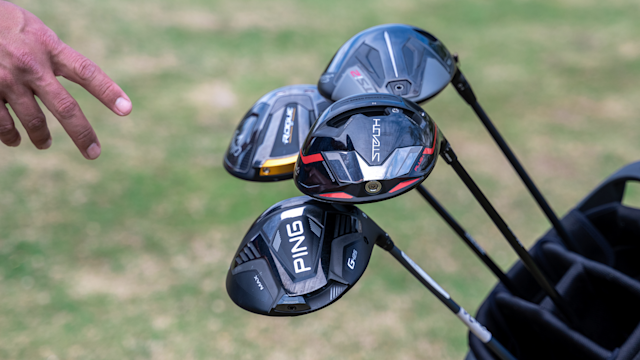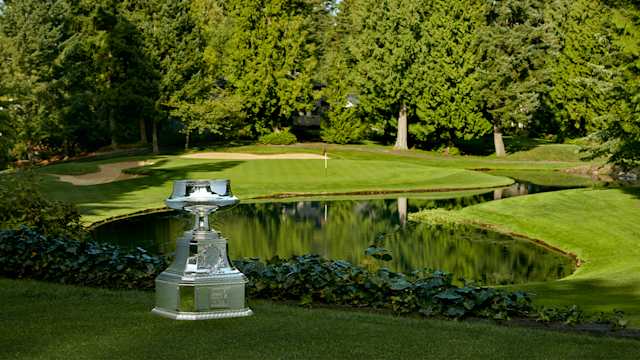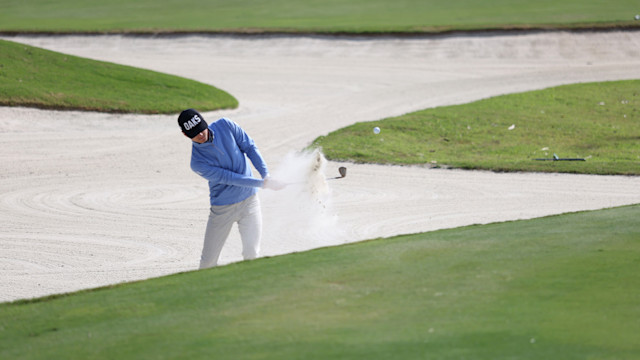Equipment
The Keys to Finding the Perfect Golf Shafts
By Vinnie Manginelli, PGA
Published on
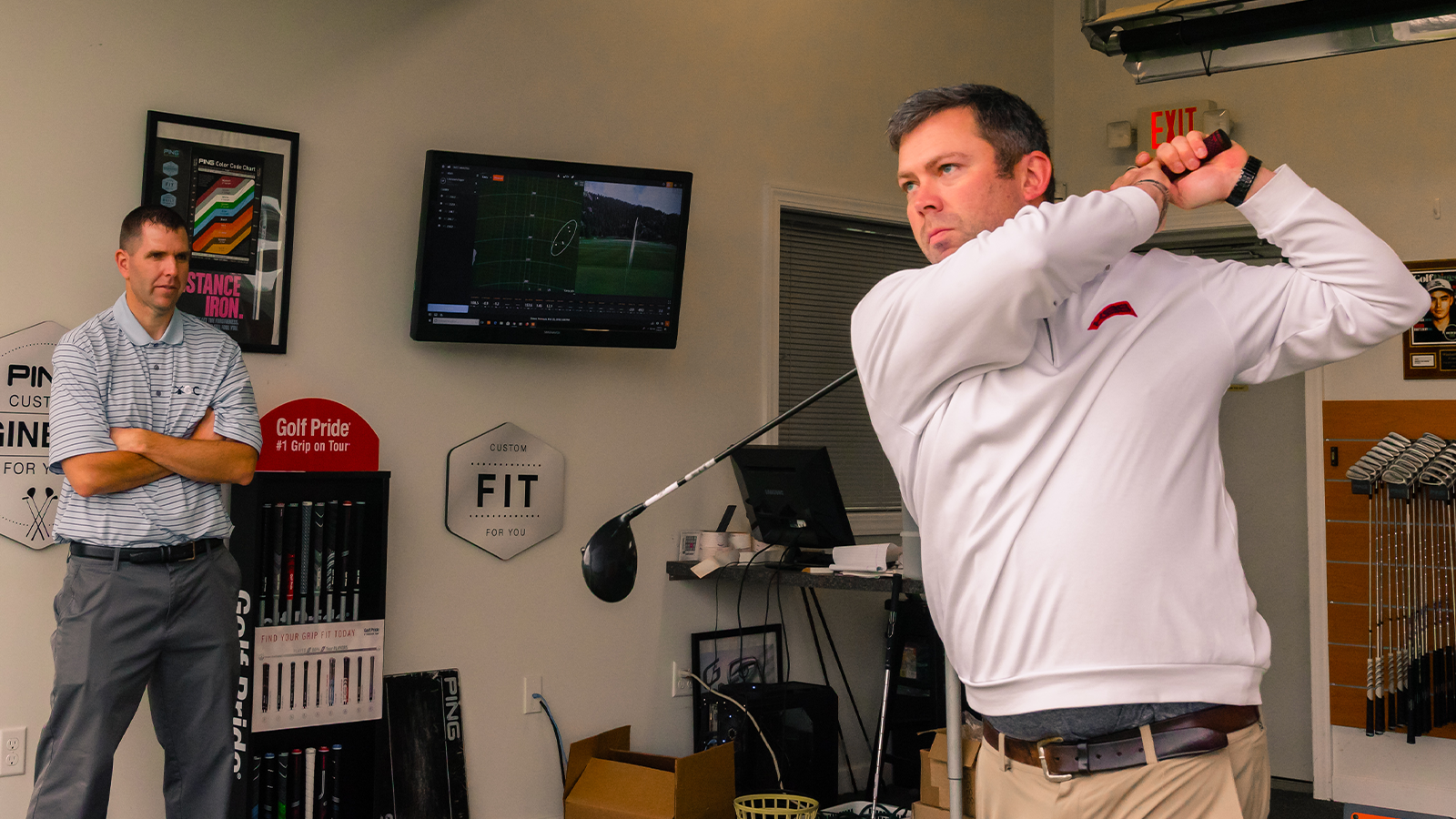
When shopping for new golf clubs, the custom fitting process is vital to ensuring you’re playing with a set of equipment that’s suitable to you - your body, your swing speed, your skill level. It’s no different than buying the right baseball bat for your kids, trying on a suit before committing to the purchase or doing your due diligence when looking for a new computer. Which one best suits your needs, meets your specifications and provides the best value for your purposes?
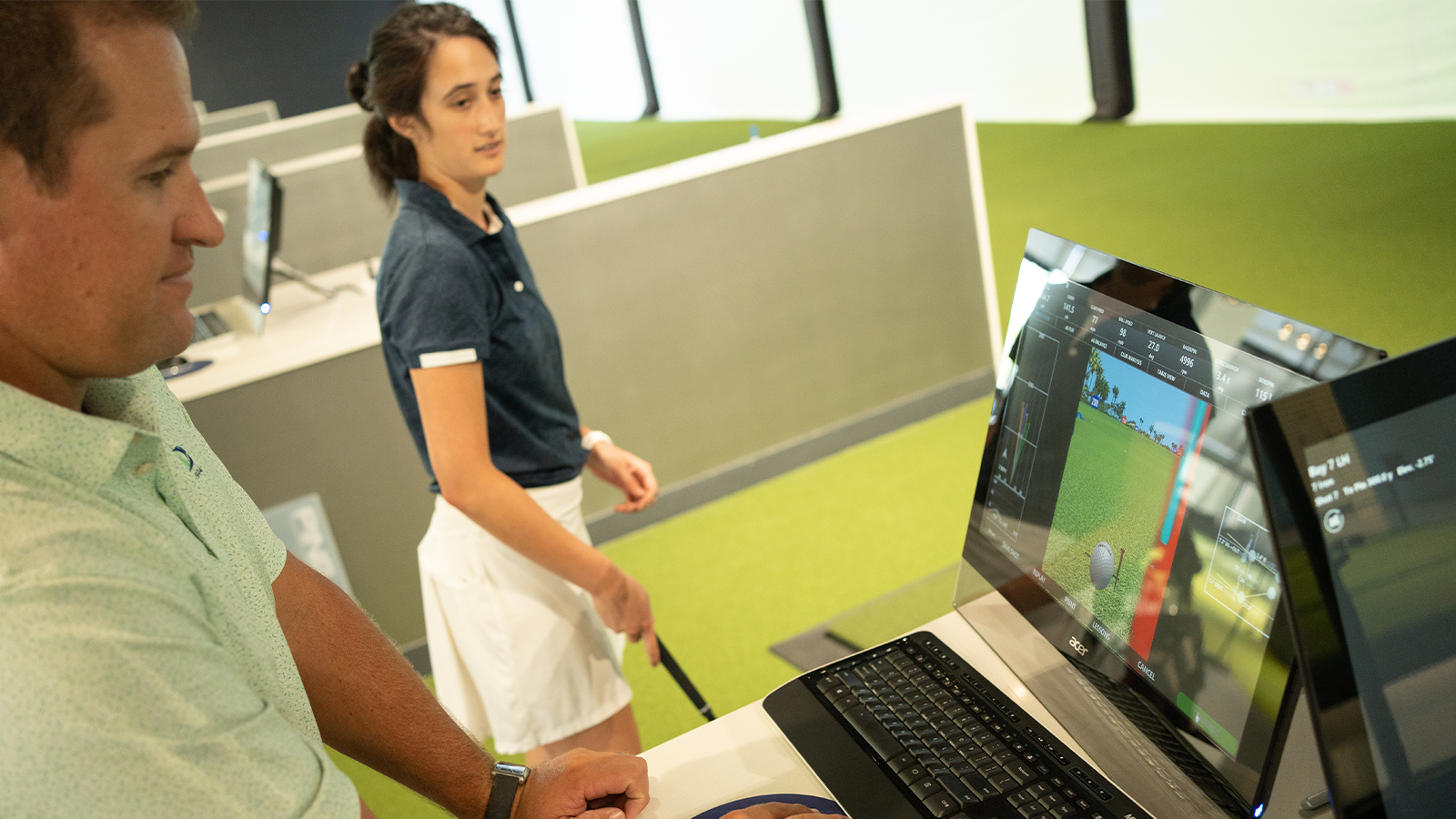
The golf shaft plays a significant role in the performance of the golf club, along with the right head and proper grip. The shaft represents that connection between your hands and the golf ball. It transmits speed and force to the club head, which imparts them upon the golf ball at impact.
A custom club fitter will look at your swing, watch you hit some balls and have an idea of what’s best for you. Through further trials and analysis, he or she will utilize the stellar launch monitor technology available, and share numbers and images with you that explain the merits of each shaft, and which one is best for you. This is a process, and with the price of new golf clubs these days, one that should be embraced.
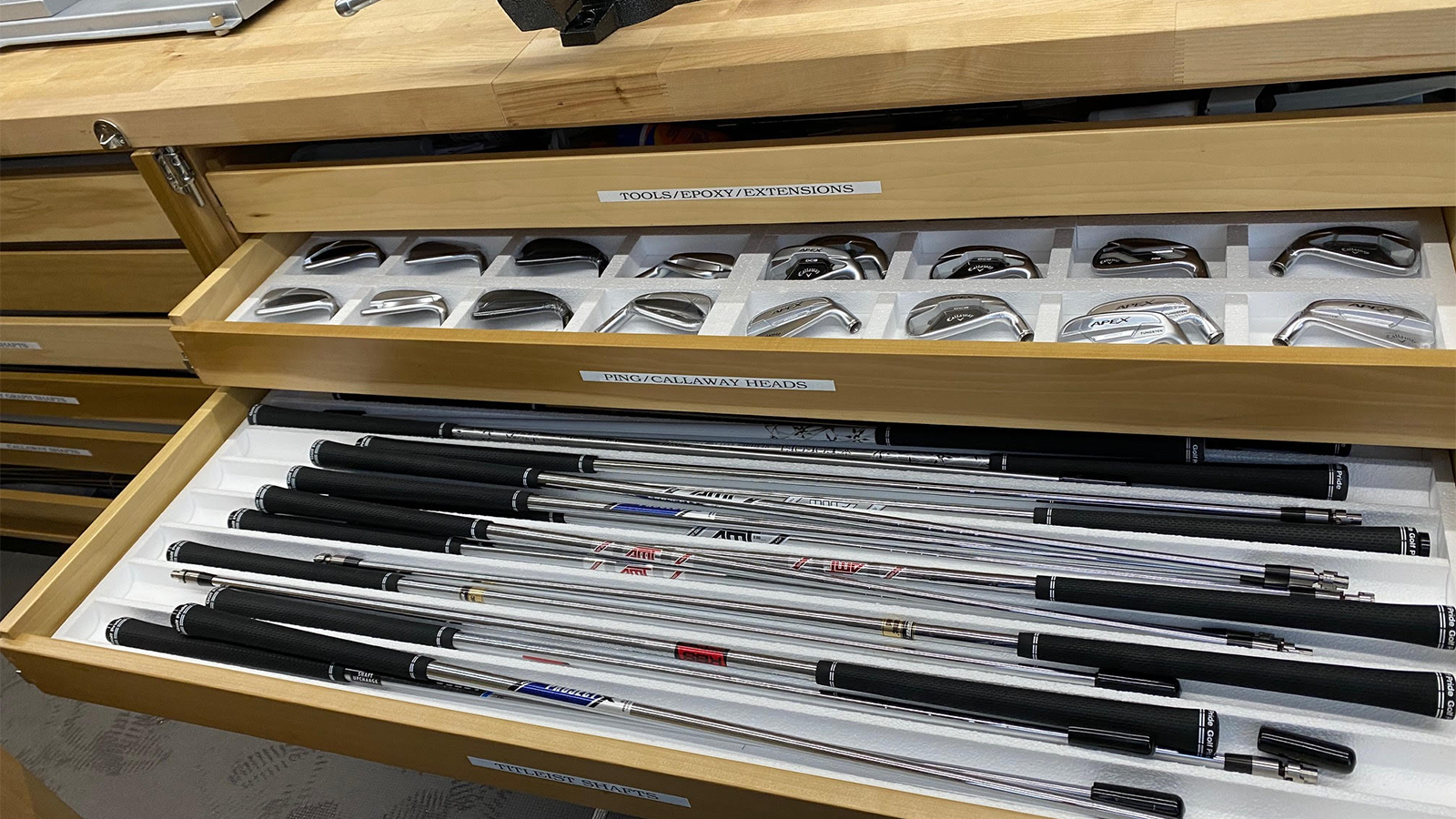
“I have a pre-interview with the golfer to get an idea of his or her background in the game,” says Trent Maxwell, PGA GM and Director of Club Fitting at Windmill Golf Center in Macedonia, Ohio. “I look at their equipment, ask about their handicap and get some baseline numbers by having them hit a few initial golf shots. I figure out where we should start and go through the process from there.”
Ultimately, custom club fitters are looking for the optimal launch angle and trajectory, ball speed and spin rates that will result in the greatest distance with the most precise accuracy.
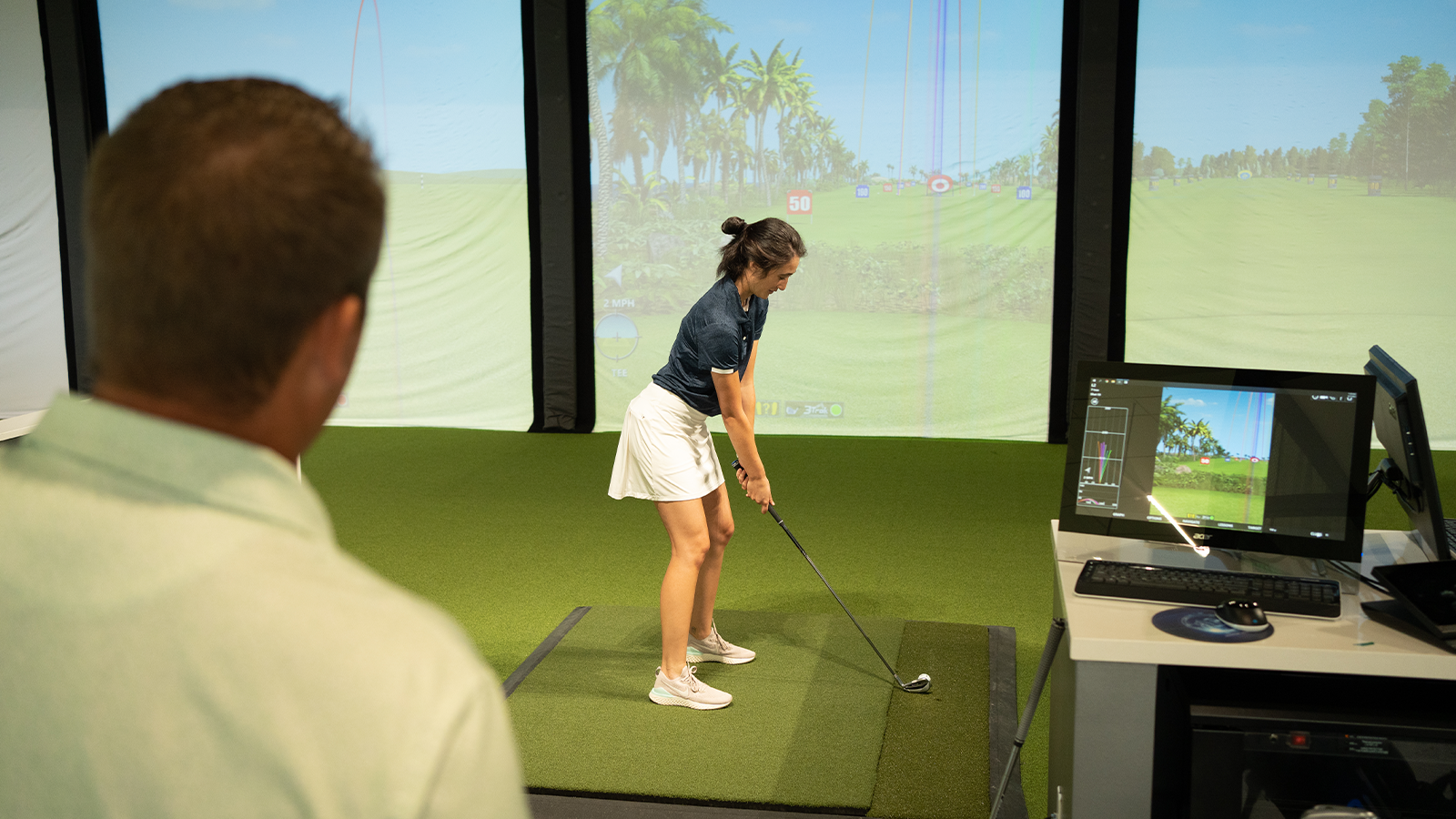
The three primary factors to look at in the golf shaft are:
- Shaft flex - Determined by the golfer’s swing speed. A shaft that is too stiff will reduce your clubhead speed, causing a loss in distance on your golf shots. One that is not stiff enough will cause excess whippiness, lessening your chances of squaring the clubhead at impact and causing errant golf shots. Shaft flexes include, seniors, ladies, regular, stiff and extra stiff. Shafts come in steel, graphite and multi-material that combine the most beneficial characteristics of both. They’re even making titanium shafts.
- Shaft length - Determined by the body stature of the golfer and his or her stance at address. Each club in the bag has a standard length that is meant to strike the ball purely at impact. Too long, and you’ll hit the ground prematurely. Too short and you’ll top the golf ball. Modifications from standard are made to account for the specifications of the golfer.
- Torque - The amount of twisting of the club at impact. Measured in degrees, usually between two degrees and seven, this shaft trait will affect direction first and foremost, but will also impact the distance of the shot, as well. As a general rule of thumb, someone who hooks the ball will usually benefit from a lower torque shaft, whereas a slicer will need higher torque. In addition, faster swing speeds need lower torque, and that factor is built into the clubs by the manufacturer.
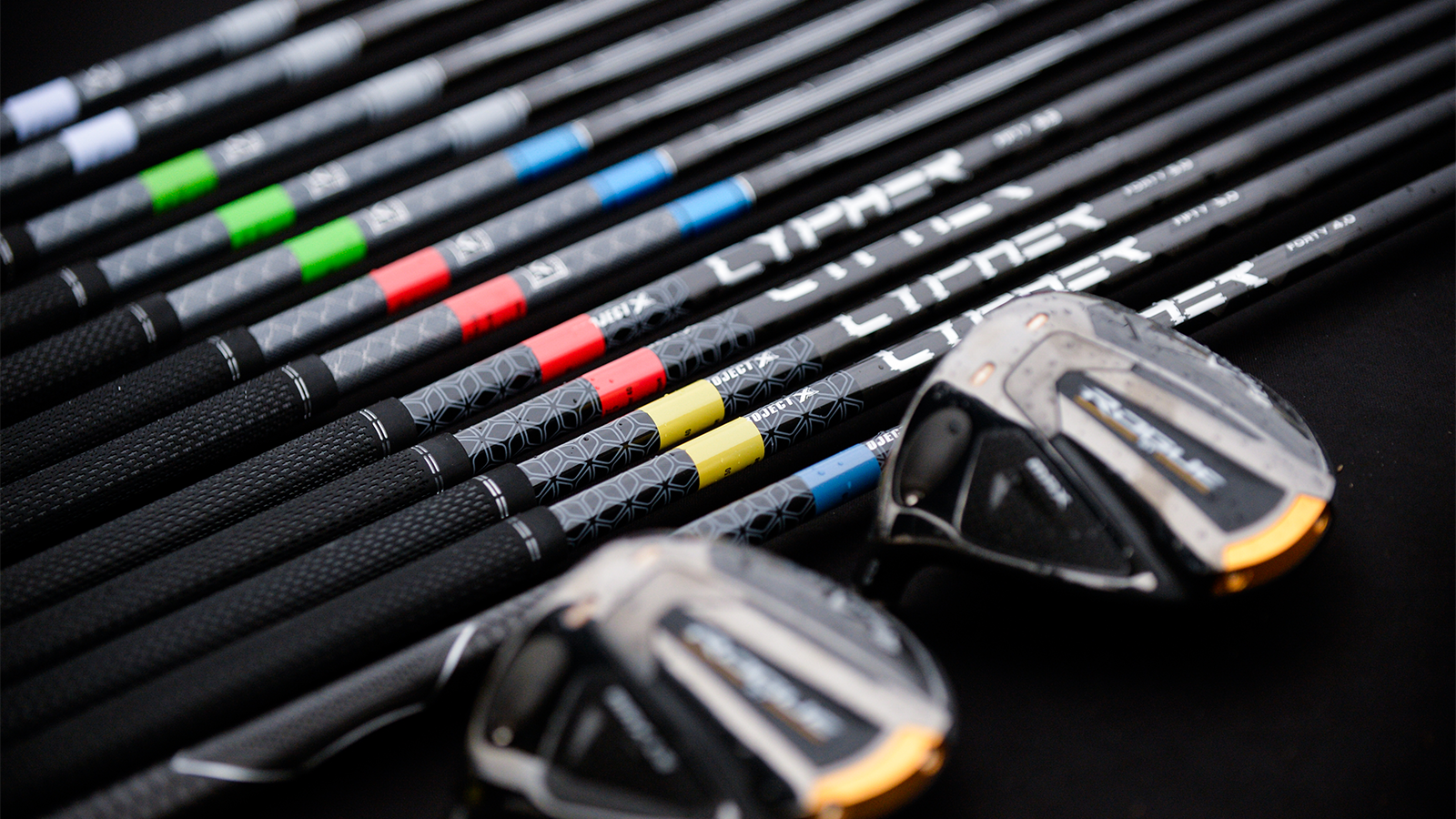
With all this information, definitions, whats and ifs, it’s definitely best to go see your local PGA Professional. You’ll hit a bunch of golf balls, try some new golf clubs and learn a lot about golf equipment. And with the money you’re investing in this wonderful game, you owe it to yourself to play the best golf clubs for you, and that starts with the golf shaft.


